When looking at clarinets, you may have noticed that there are many different options to choose from. Some are made out of wood, and some out of plastic.
But what’s the difference between them, and which one is right for you?
We detail below the differences between these two types of clarinet materials as well as which options are in the market and what considerations you need to have when buying a wooden vs a plastic clarinet.
The Most Common Clarinet Materials
ABS Plastic Versus Grenadilla Wood
The two most common materials for clarinet are ABS plastic and Grenadilla wood.
Grenadilla Wood
Grenadilla wood is also known as African blackwood, it is incredibly strong and is grown in Kenya, Tanzania, and Mozambique. It is generally black and is chosen for its ability to withstand manufacturing, similar to metal.
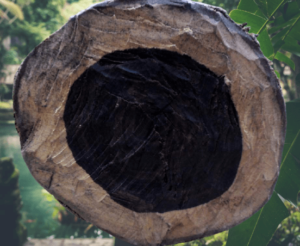
As opposed to other types of wood, which can crack easily when being drilled to fit the intricate keys of clarinet, grenadilla wood is very strong and can handle all of the key installations, and also is less susceptible to warping, as is typical with wood. However, because it is wood it is still susceptible to cracking and temperature changes.
ABS resin (plastic)
ABS resin (plastic) is also often used for clarinets.
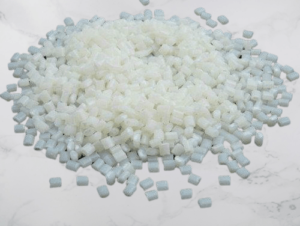
It is much cheaper and much less susceptible to temperature changes and cracking, but generally is not considered to have as good of a tone quality as a wooden clarinet. Also, the ABS clarinets are generally cast, making them less accurate in terms of intonation and sealing of tone holes.
Price Differences Between Wood and Plastic Clarinets
The price difference is quite dramatic, as a plastic clarinet can cost from $150 to $1000, while a wooden clarinet can cost from $1500 to $5000 or more. That should also be considered in the medium to long-term value if you are willing to sell a used clarinet.
Other Types of Materials Used for Clarinets
ABS plastic and Grenadilla wood are by far the most common, but there are also some other used materials such as:
- Rosewood
- Composite
- Hard rubber
Rosewood
Rosewood is related to Grenadilla wood, but it has a reddish color. Clarinets are not usually made of this material, but Rosewood clarinets can have a very focused tone. Rosewood clarinets are generally professional models.
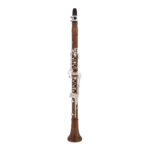
Composite
Composite clarinets often combine carbon in the design and are also generally used for professional models.

Hard Rubber
Hard rubber clarinets are a great up-and-coming design, also known as ebonite. These models are less resistant to temperature changes, but are more accurate in terms of design, and have better intonation.
Sustainability Concerns: it may be worth mentioning that Grenadilla wood is currently logged unsustainably, potentially leading to a decline in the future.
This may be a consideration for some advancing players who wish to be environmentally conscious and may wish to look for clarinets made of other materials made of carbon or hard rubber (ebonite).
What to Consider Between Wood and Plastic Clarinets
Your Performance Level
It is generally accepted that beginner clarinet players can perform with plastic models and intermediate or advanced clarinetists play wooden clarinets. This is mostly related to the price and feasibility of each version.
Then as the student progresses, they can move to wood or other materials. As the player advances, he or she should have time to seek out a model with better response, intonation, and tone, in which case they would be looking for clarinets generally made of Grenadilla wood. And if they are too pricey, the player can always opt for rental clarinet options or to buy used clarinets.
However, for the beginning clarinet player, it’s not necessary to play on wooden clarinets, as plastic serves the purpose well.
On Which Environment Are You Playing?
For instance where the player would be playing outside or when there might be significant temperature changes such as on a marching band, a plastic clarinet is often the best option.

In conjunction, the price difference for wooden clarinets is quite large, and temperature change considerations and extra care requirements don’t make it a great option for outdoor performances.
Extra Care and Maintenance for Wood Clarinets
Additional care methods are needed with wood clarinets. Many players keep a humidity and temperature control device inside the case.
- Ideally, a wooden clarinet should have 70% humidity and a temperature of around 70 degrees Fahrenheit.
- Another consideration is to warm the clarinet up by pressing it against your body instead of blowing hot air into it, to avoid rapid temperature change.
- The clarinet should never be left in a car or next to a heater. Also, make sure to keep the instrument wiped clean from sweat and other grime.
Best Plastic and Wooden Clarinets Brands
There are many brands to choose from, but most brands offer both a plastic (student) model and a wooden (advanced) model. An intermediate brand usually made of wood can also be found.
Buffet R-13 wooden clarinets are generally accepted as the standard among professionals, however, a couple of other important brands are Yamaha and Selmer.
On the lower-priced end, there are Jupiter and Leblanc (Vito), among others.
Let’s get into detail about the best brands with models made of plastic and wood.
Buffet
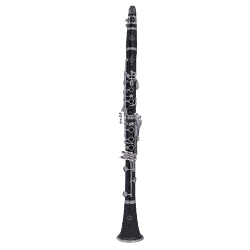
Buffet clarinets are manufactured in Paris, France, and are generally regarded as the standard among professionals.
Although Buffet is normally known for its professional models, they also have some great student models as well. These student models are made of ABS plastic and are significantly cheaper than the pro models.
The professional models continue the standard of Grenadilla wood.
Yamaha
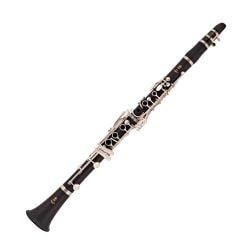
Formidable competition to Buffet is Yamaha.
Made in Japan, Yamaha is generally known for its precision-made products with great intonation. Price is comparable to Buffet.
Yamaha has a wide range of models from student to professional, with many options to choose from.
Selmer
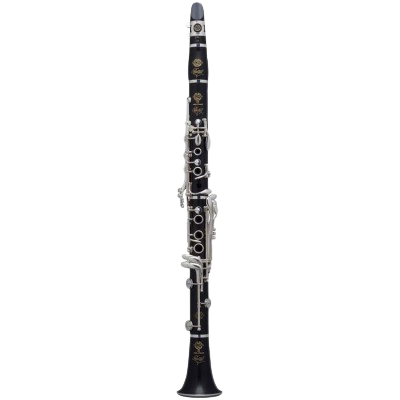
Selmer is another famous brand made in Paris.
Most famous for their saxophones, Selmer also makes great clarinets.
The price range is similar to Buffet and Yamaha.
Jupiter

Another great brand is Jupiter.
Jupiter isn’t known for producing professional instruments, but they have an excellent reputation for beginning and intermediate instruments.
Leblanc

Leblanc is another great brand to start with.
Generally not considered a professional brand, their Vito clarinets are also highly regarded.
While I mentioned that generally, beginner clarinetists play on plastic clarinets, as you advance you may want to switch to an intermediate model.
Best Wood Clarinet Brands for Beginners to Intermediate
For beginner to intermediate players, Yamaha and Jupiter have great clarinet models made of Grenadilla wood at a lower cost.
They each run about $1500, which for wooden clarinets is very economical. Jupiter clarinets were designed after Yamaha, so the two models are remarkably similar.
Final Considerations
Remember, plastic clarinets are a great option for the beginner but as the player advances, they may want to switch to a more inexpensive wood intermediate model for enhanced playability. This is somehow similar to what happens when one considers synthetics reeds for a clarinet instead of cane reeds.
However, they must be aware of the added considerations when dealing with wood. In conjunction, they also may want to explore other options such as hard rubber.
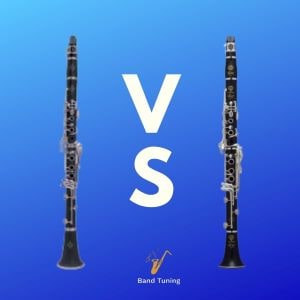
FAQs Section
How Much is a Wood Clarinet?
A wood clarinet can cost from $1500 to $5000 or more.
This will depend mostly on the brand, the model, your level, and the material. If you’re looking to buy a wood clarinet, then expect to pay a higher amount for it.
If you want an instrument that’s going to last you for years, then it may be worth spending more money on a good-quality wood clarinet.
Are Wooden Clarinets Better than Plastic?
For advanced and professionals players wood clarinets are the best choice, having a richer, more authentic sound than plastic clarinets.
But if you are a beginner or are going to play in a marching band in an outside environment, a plastic model is better for you.
How Long Do Wooden Clarinets Last?
Wood clarinets can last up to 30 years with regular and proper maintenance and care. Although wood clarinets are more expensive, they can potentially last longer than their cheaper counterparts.
Are Wood Clarinets Harder to Play?
Yes, wood clarinets are harder to play with than plastic.
They are better advised to more advanced players, requiring more control over their instrument, providing after a stronger and richer sound.

Author: Cooper White
- Cooper is a Multi-Instrumentalist, with vast knowledge and experience performing with Sax, Flute, Clarinet, Keyboard, and Blues Harmonica.
- With a Bachelor’s Degree from the Berklee College of Music in Boston and studies in Classical Performance at the Lionel Hampton School of Music, he has also more than 10 years of performing professionally, whether while road touring in the U.S. or playing on different cruise ships.
- He is also an entertainer with his shows, as well as a producer of his music and others. Whenever he is not performing, he teaches individual online classes. He mostly plays Jazz, Classical and Popular music.
